How Does It Work?
The first generation of “Silent Switcher” architecture used in IC LT8614, LT8640, and LT8641 reduces EM emissions by:1. IC internal structure design and optimally placed package pins
2. well-controlled rising and falling edges
3. correct printed circuit board (PCB) design, which minimizes area of “hot loops” on PCB
4. minimization of GND impedance on PCBS
5. switching frequency spread spectrum modulation
Enhanced „Silent Switcher 2“ version implemented in IC LT8609S, LT8640S, LT8643S, LT8645S goes even further:
1. IC contains internal ground plane and the use of copper pillars instead of bond wires
2. IC integrates capacitors connected to pins BST and INTVcc, further minimizing the "hot loop"
How Are Rising/Falling Edges Associated With The Signal Spectrum?
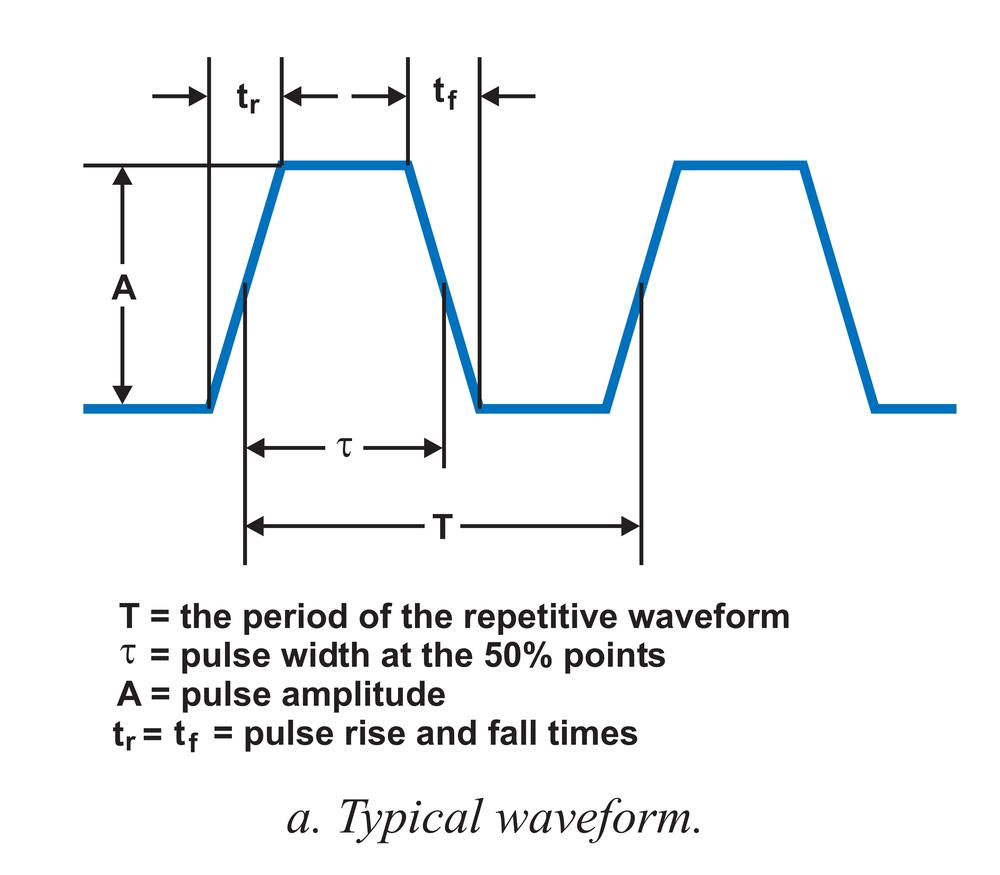
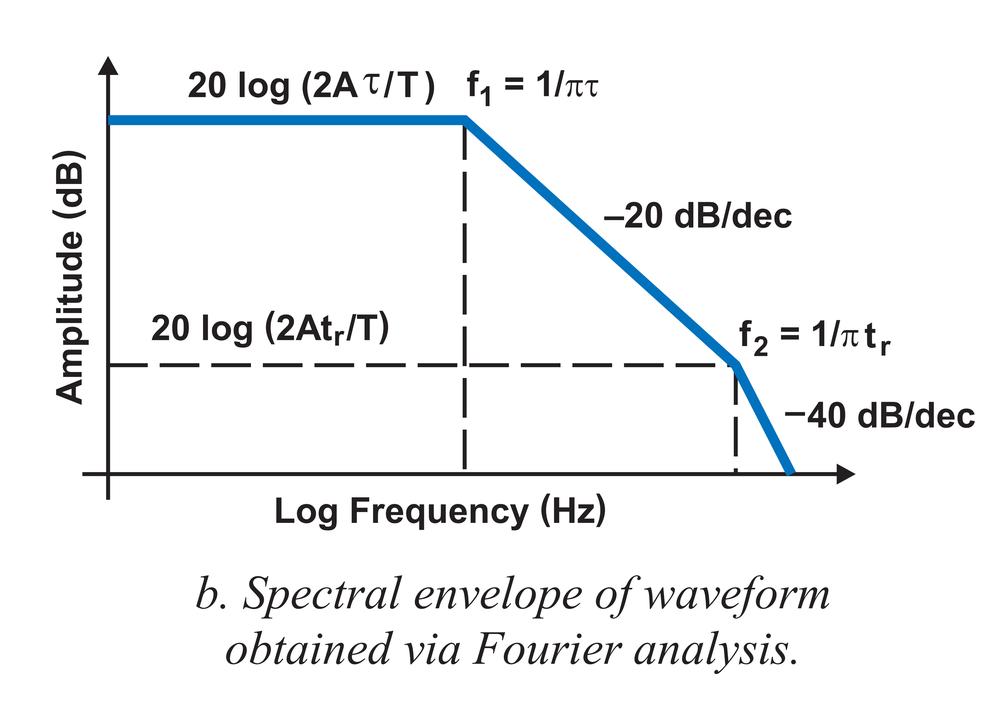
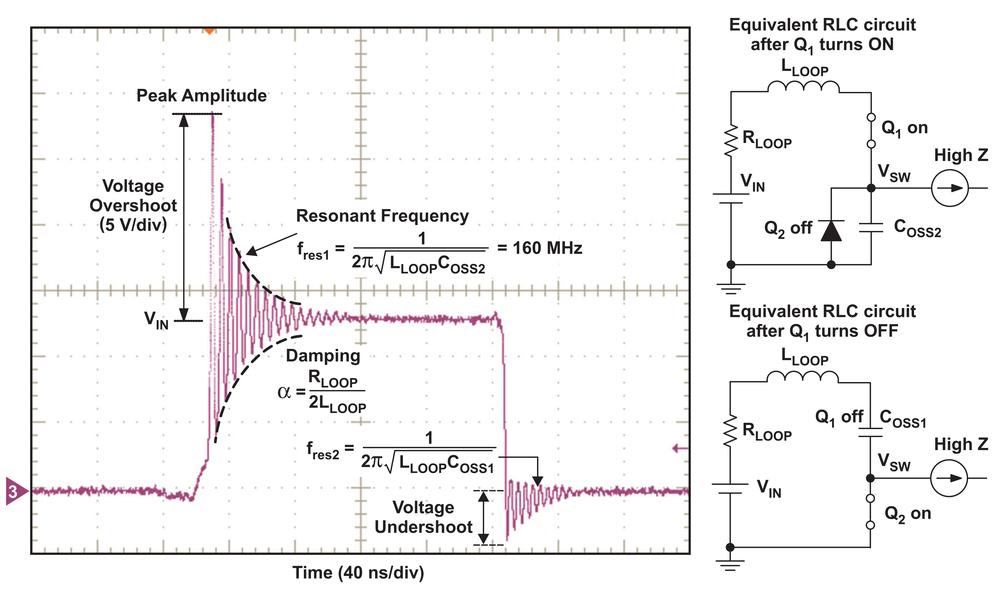
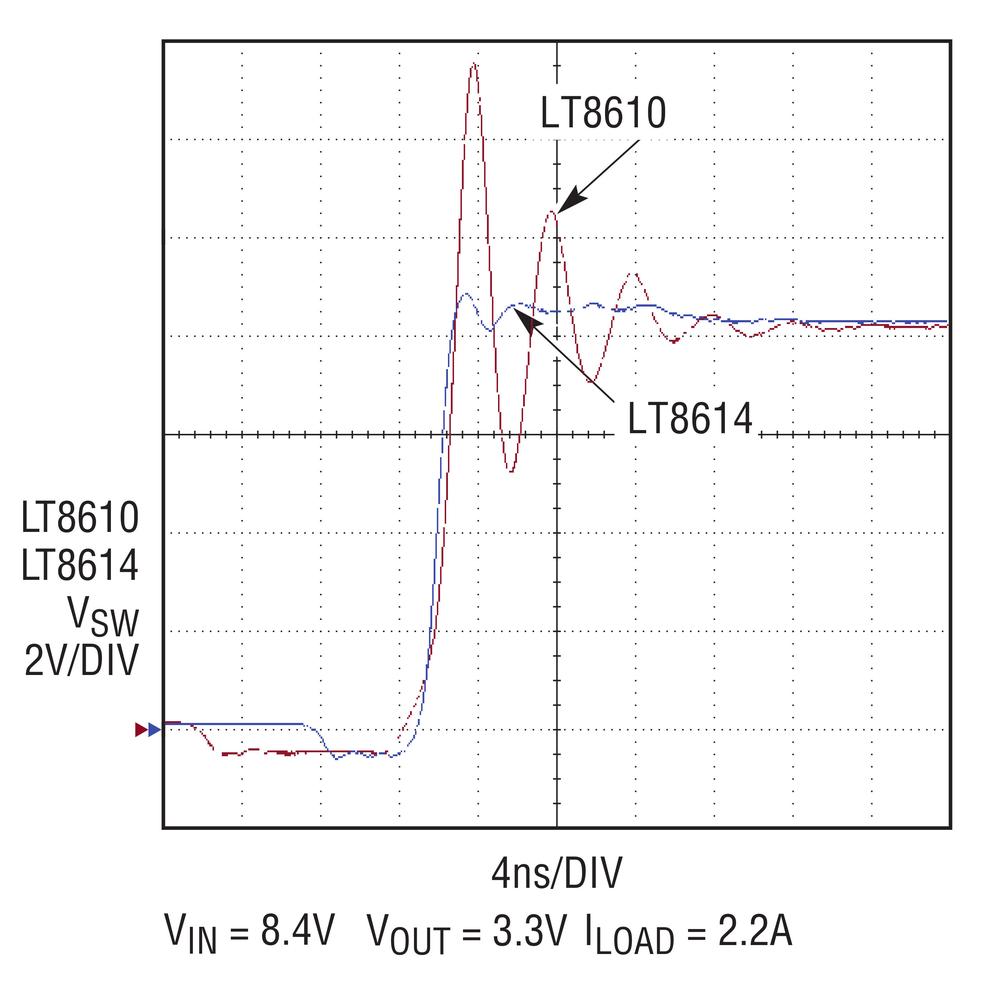
Radiation from Switching Voltage Regulator
Radiation can occur as either differential mode or common mode.Differential-mode radiation is the result of the normal operation of the circuit and results from current flowing around loops formed by the conductors of the circuit. These loops act as small loop antennas that radiate predominately magnetic fields. Although these signal loops are necessary for circuit operation, their size and area must be controlled during the design process to minimize the radiation.
Common-mode radiation is the result of parasitics in the circuit and results from voltage drops in the conductors. The current that flows through the ground impedance produces a voltage drop. When cables are then connected to the system, they are driven by this common-mode ground potential, forming antennas, which radiate predominately electric fields. Because these parasitic impedances are not intentionally added to the system or mentioned in the documentation, common-mode radiation is often harder to understand and control.
Why Minimize Area of the“Hot Loops“?
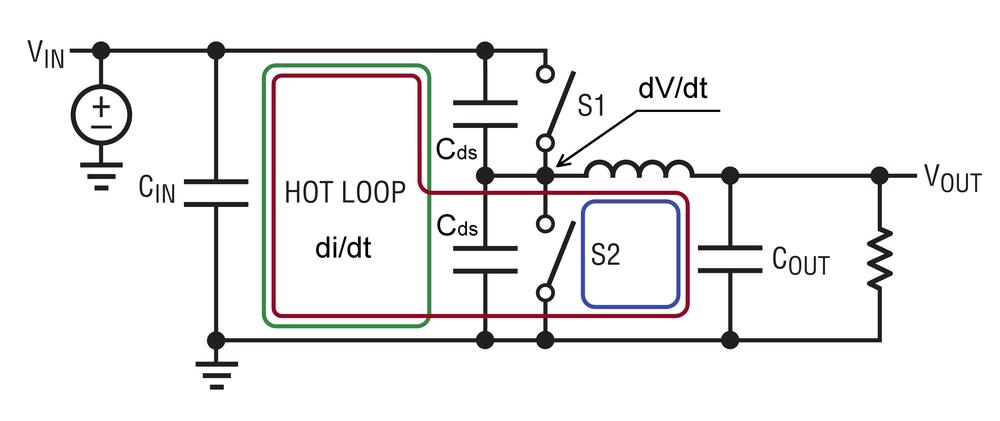
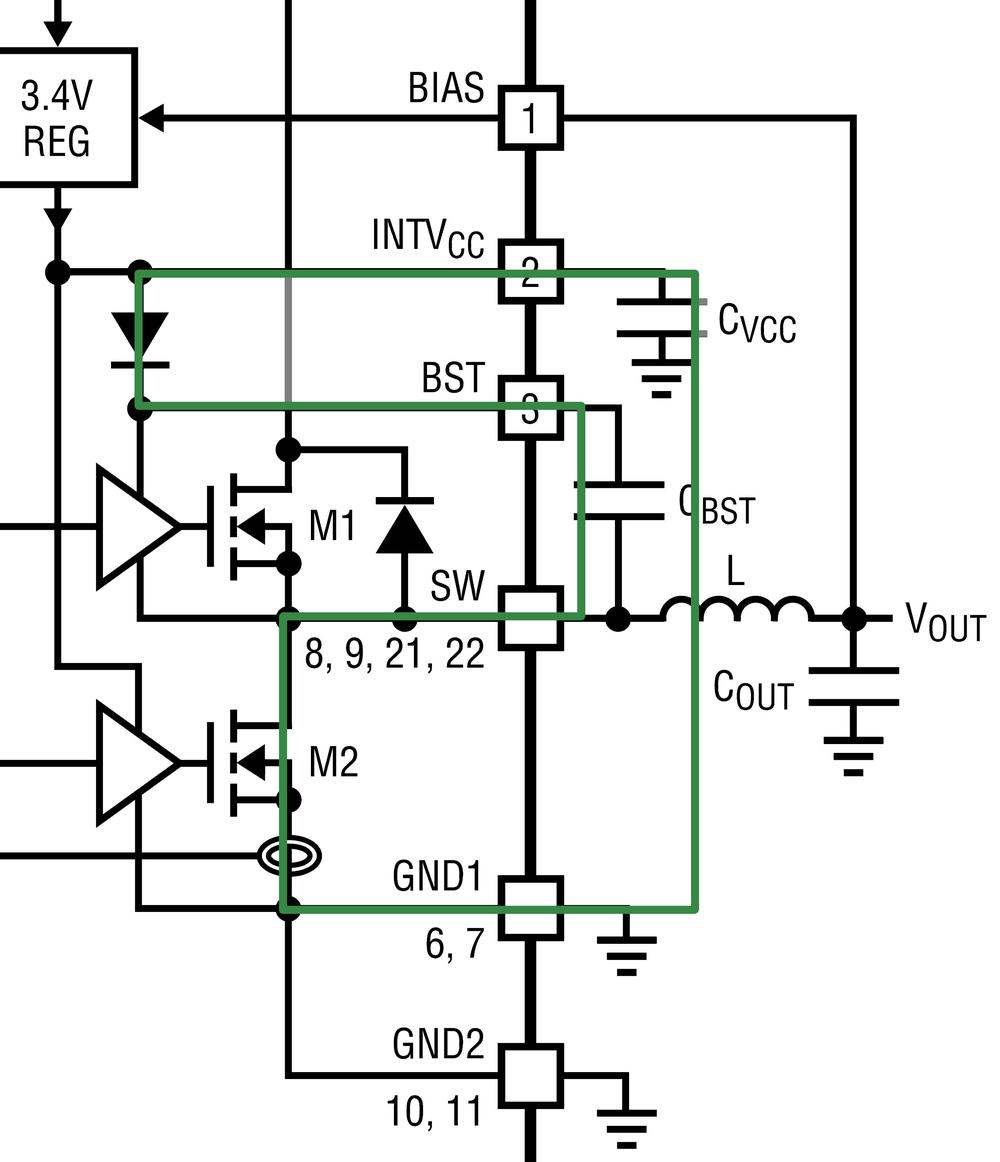
E=K1 f2 A I_dm
• f – switching frequency and their harmonics
• I_dm – current flowing in the loop
• A – loop area
When we combine spectrum envelope of trapezoidal signal with frequency characteristics of loop antenna (f2 -> 20 log f2 = 40 log f => 40db/dec) we obtain differential-mode radiation emissions envelope.
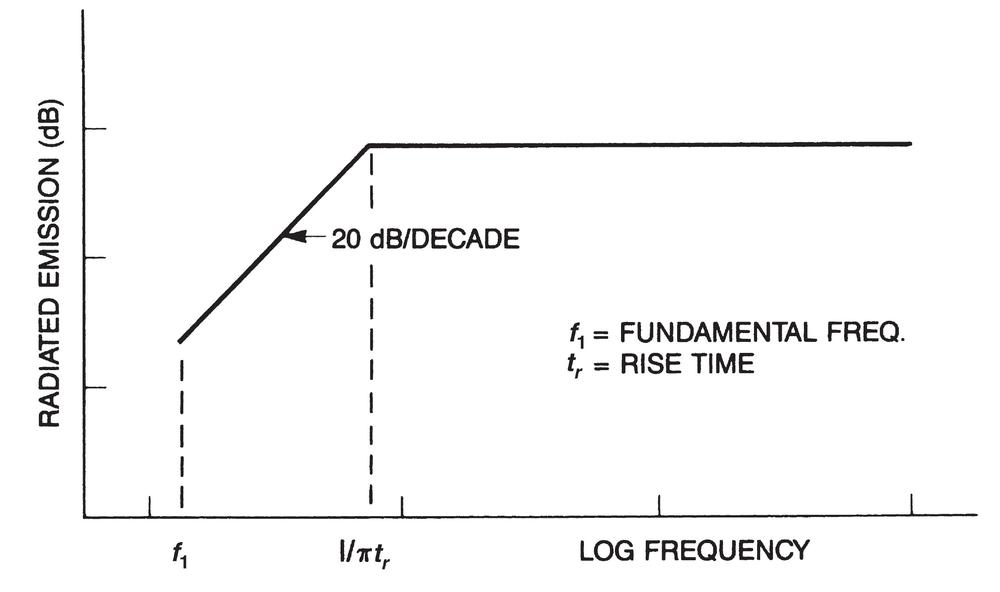
Envelope holds true for the frequency range where loop perimeter is smaller than ¼ of wavelength.
Example: Wavelength for frequency 1Ghz (upper limit for measuring radiated emissions during EMC tests) is Lambda=c/f=3e8/1e9=0,3m =>Lambda/4=75mm. Loop perimeter on PCB is typically smaller than 75mm, differential-mode radiation emissions envelope holds true for such a loop.
Why Minimize GND Impedance?
Currents flowing through GND impedance create voltage drops. When frequency rises, impedance also rises due to inductance of GND tracks. When antenna is connected to GND, problem with EMC arises. Such antennas can be modeled as short dipole.Intensity of electrical field E = K2 f L I_cm
• f – switching frequency and their harmonics
• I_cm – antenna current
• L – antenna length
When we combine spectrum envelope of trapezoidal signal with the frequency characteristic of antenna, we obtain common-mode radiation emissions envelope.
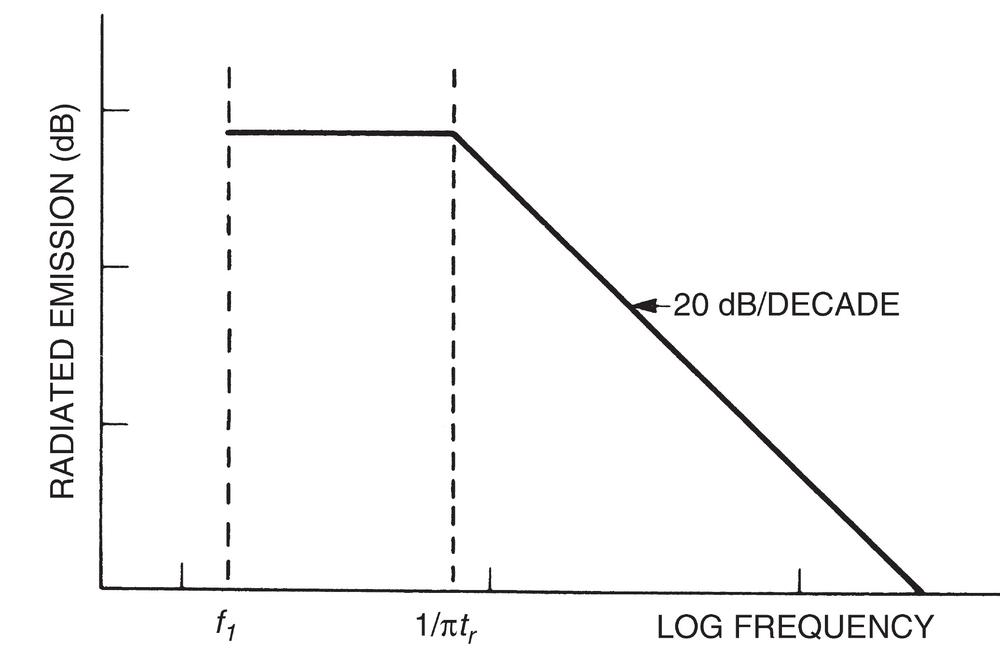
If the electric field intensity created by differential-mode emission is the same as for common mode, then K1 f2 A I_dm = K2 f L I_cm. By solving I_dm/I_cm we get
I_dm/I_cm=K2 L/ K1 f A = 48e6 L/f A [Henry W. Ott, Electromagnetic Engineering Compatibility]
pre f=100MHz, loop perimeter 40mm => A=127,3mm2=127,3e-6m2, and cable (antenna) length 1m je I_dm/I_cm= 3770
In other words, the common-mode radiation mechanism is far more efficient than the differential-mode radiation mechanism.
To minimize common-mode radiation, we have to minimize GND impedance.
How Spread Spectrum Helps?
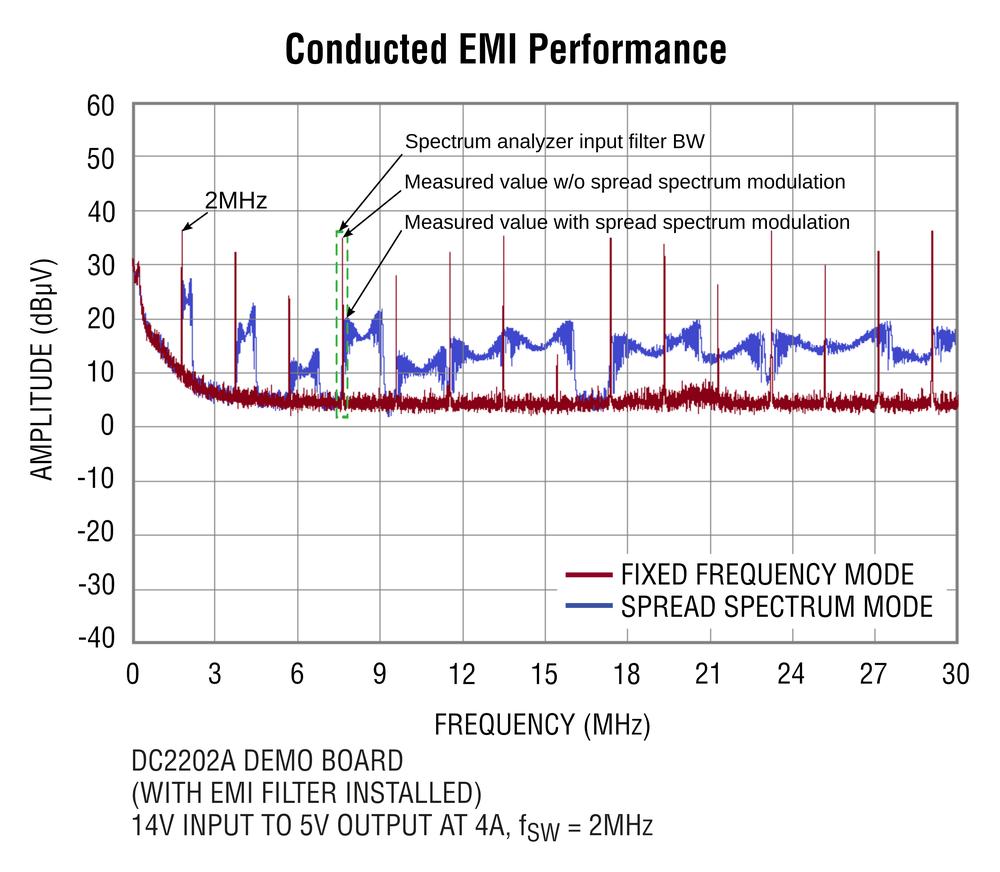
Pre viac informácií o produktoch značky Linear Technology nás prosím kontaktujte na adrese info@soselectronic.sk
- Ultralow EM Emissions
- Spread Spectrum Frequency Modulation
- Efficiency up to 95% at 1MHz, Up to 94% at 2MHz
- Wide Input Voltage Range: 3V to 65V (LT8641, LT8645S), 3,4 to 42V (LT8614, LT8640, LT8609S, LT8640S, LT8643S)
- Output currents: LT 8609S 2A, LT8641 3,5A LT8614 4A, LT8640 5A, LT8640S and LT8643S 6A, LT8645S 8A
- Designed to comply with AEC-Q100: LT8609S, LT8641, LT8640, LT7640S, LT8645S
Do you like our articles? Do not miss any of them! You do not have to worry about anything, we will arrange delivery to you.















